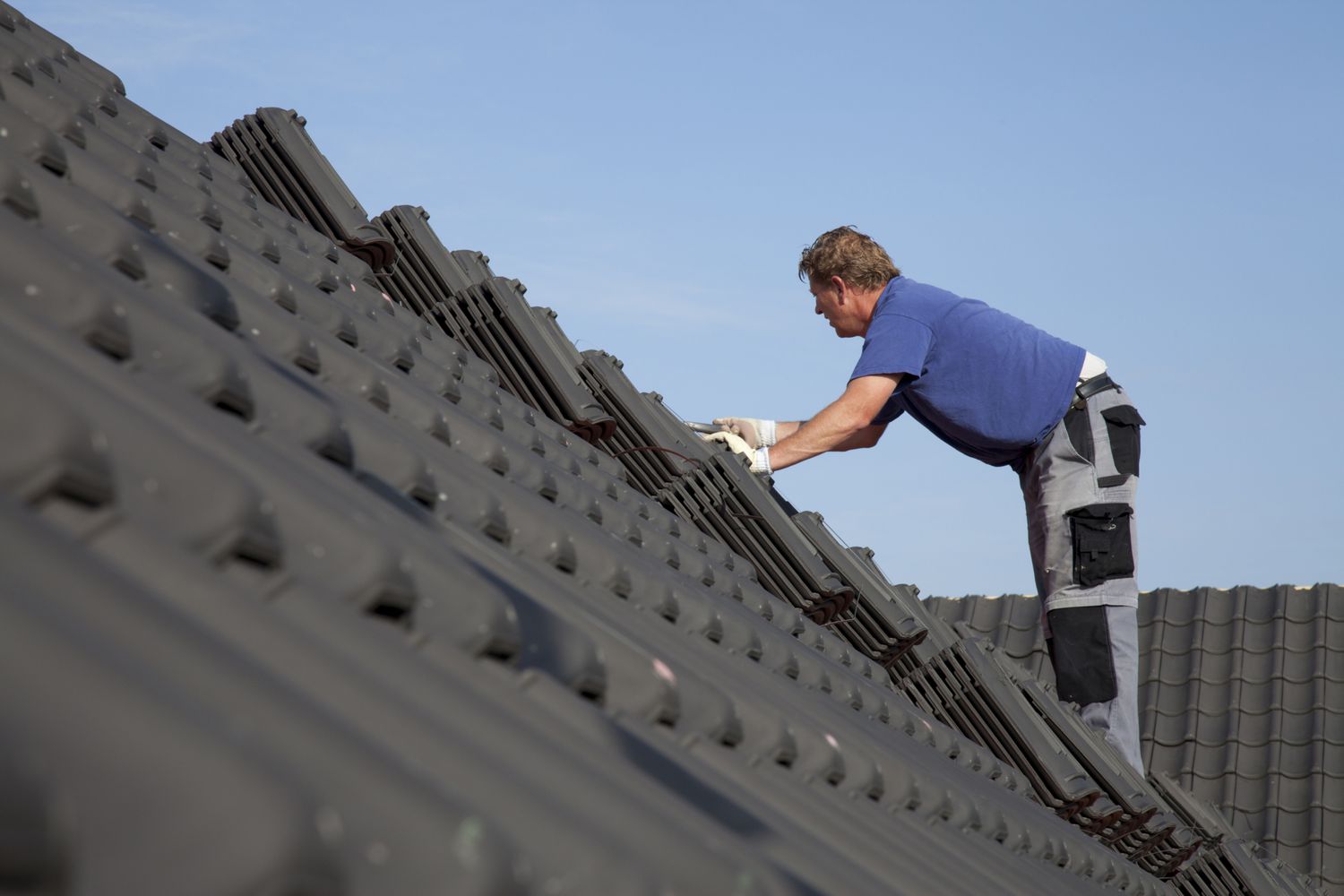Replacing a roof is a significant home improvement project that requires careful planning and execution to ensure the protection and longevity of your home. Here is a comprehensive guide with everything you need to know about roof replaced:
1. Signs You Need a Roof Replacement:
- Inspect your roof regularly and watch for signs of wear and damage, including leaks, missing shingles, cracked or curling shingles, and visible granules in your gutters. These indicators may suggest it’s time for a replacement.
2. Choosing the Right Time:
- Plan your roof replacement for a time when the weather is conducive to roofing work. Avoid scheduling it during extreme heat, cold, or rainy seasons.
3. Finding the Right Contractor:
- Research and select a reputable roofing contractor with the following qualities:
- Licensed and insured.
- Experienced with a proven track record.
- Provides written estimates and contracts.
- Offers warranties on workmanship and materials.
- Provides references and positive reviews.
- Complies with local building codes and regulations.
4. Roofing Material Selection:
- Choose the roofing material that best suits your needs, budget, and the climate in your area. Common roofing materials include asphalt shingles, metal roofing, wood shakes, slate, and tile.
5. Budgeting and Financing:
- Determine your budget for the roof replacement project and explore financing options if needed. Request multiple estimates from contractors to compare costs.
6. Roof Inspection:
- Schedule a professional roof inspection to assess the extent of the damage and identify any underlying issues that need to be addressed.
7. Roof Replacement Process:
- The roof replacement process typically includes:
- Tearing off the old roofing material.
- Repairing the roof deck, if necessary.
- Installing an underlayment for moisture protection.
- Installing the new roofing material following manufacturer guidelines.
- Adding flashing and ventilation as needed.
- Conducting a final inspection.
8. Permits and Regulations:
- Check with your local building department to determine if permits are required for your roof replacement project. Your roofing contractor can often assist with the permit application process.
9. Timing and Scheduling:
- Coordinate with your roofing contractor to schedule the project at a time that suits your needs and takes into account weather conditions.
10. Preparing Your Property: – Prepare your property for the roof replacement by removing items from the attic and protecting belongings inside your home from dust and debris.
11. Safety Considerations: – Safety is a priority during roof replacement. Ensure that the contractor takes appropriate safety measures to protect workers and your property.
12. Cleanup and Inspection: – After the roof replacement, ensure that the work area is thoroughly cleaned and free of debris. Conduct a final inspection to verify the quality of the work.
13. Payment and Warranty: – Make the final payment to the roofing contractor after you are satisfied with the completed project. Ensure you receive documentation for material warranties and workmanship guarantees.
14. Regular Maintenance: – Maintain your new roof by performing regular inspections and addressing any issues promptly to prolong its lifespan.
15. Insurance Considerations: – Contact your homeowner’s insurance provider to discuss coverage for roof replacement and any requirements they may have.
Remember that roof replacement is an investment in the long-term integrity of your home. By following these steps and working with a qualified roofing contractor, you can ensure a successful roof replacement project that provides protection and peace of mind for years to come.
